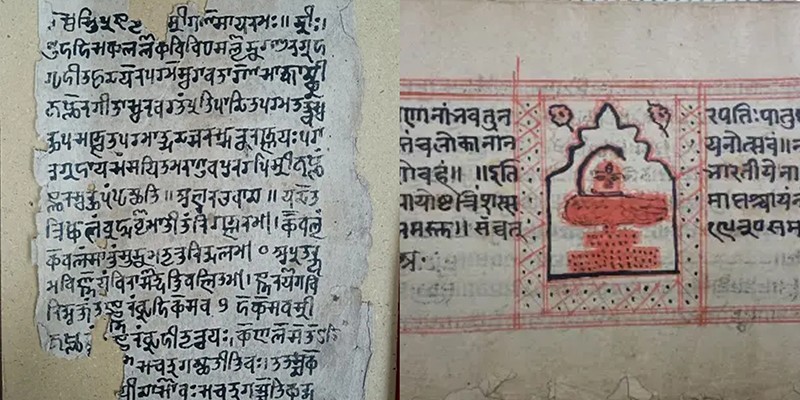Bhagavad Gita, Natyashastra inscribed on UNESCO's Memory of the World Register, PM Modi says 'proud moment'

New Delhi/IBNS: Hindu scripture Bhagavad Gita and Sanskrit treatise on the performing arts, Natyashastra, have been inscribed in the UNESCO's Memory of the World Register.
UNESCO's Memory of the World Register is a global initiative aimed at preserving and promoting access to the world’s documentary heritage—things like manuscripts, archives, rare books, oral traditions, and audiovisual materials that have significant historical, cultural, or social value.
Responding to the inclusions, Prime Minister Narendra Modi wrote on X, "A proud moment for every Indian across the world!
"The inclusion of the Gita and Natyashastra in UNESCO’s Memory of the World Register is a global recognition of our timeless wisdom and rich culture. The Gita and Natyashastra have nurtured civilisation, and consciousness for centuries. Their insights continue to inspire the world."
A proud moment for every Indian across the world!
— Narendra Modi (@narendramodi) April 18, 2025
The inclusion of the Gita and Natyashastra in UNESCO’s Memory of the World Register is a global recognition of our timeless wisdom and rich culture.
The Gita and Natyashastra have nurtured civilisation, and consciousness for… https://t.co/ZPutb5heUT
Manuscript Collection of Bhagavad Gita
The Bhagavadgītā, containing 700 verses in 18 chapters, is embedded within the Bhīṣmaparva (adhyāya 23-40) of the epic Mahābhārata.
It takes the form of a dialogue between Kṛṣṇa and Arjuna with armies lined up for the great war intended to free Arjuna of dejection (viṣāda). Bhagavadgītā is a central text in the continuous, cumulative ancient intellectual Indian tradition, synthesizing various thought movements such as, Vedic, Buddhist, Jain and Cārvāka.
Due to its philosophical breadth and depth , the Bhagavadgītā has been read for centuries across the globe and translated into many languages.
Manuscript of the Natyashastra of Bharatamuni
Preserved at the Bhandarkar Oriental Research Institute and codified around the 2nd century B.C., the Nāṭyaśāstra of Bharatamuni is an epitome of the Nāṭyaveda, an oral body of knowledge of performing art containing 36,000 verses known as the Gāndharvaveda.
The Nāṭyaśāstra embodies a comprehensive set of rules that define nāṭya (drama), abhinaya (performance), rasa (aesthetic experience), bhāva (emotion), saṅgīta (music), among others, thus articulating the character of Indian theatre, poetics, aesthetics, dance and music.
Bharatamuni makes a groundbreaking statement in Nāṭyaśāstra, asserting that ‘no meaning can blossom forth without rasa’, a profound contribution to world literature.
(With additional inputs from unesco.org)




